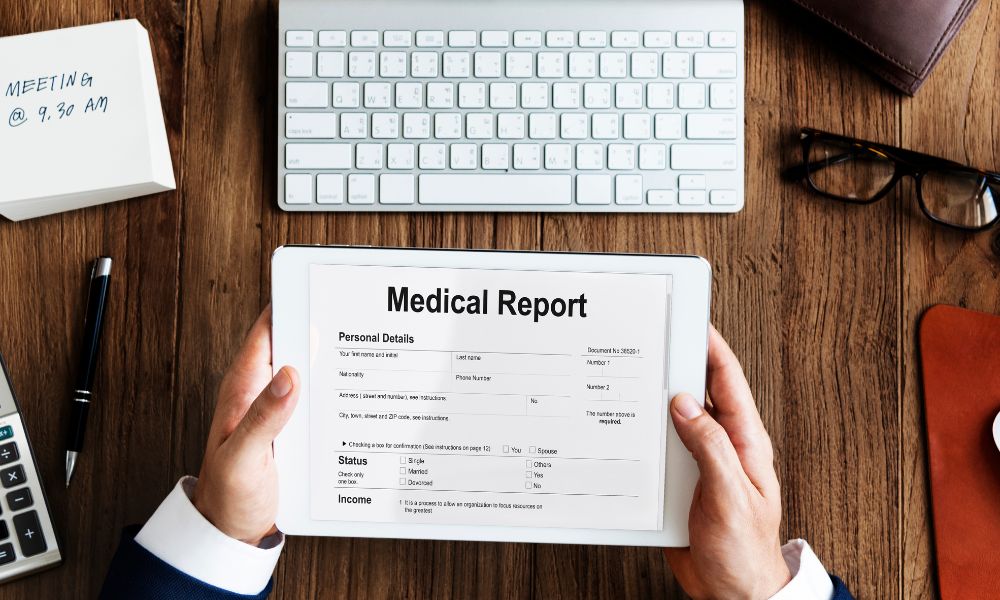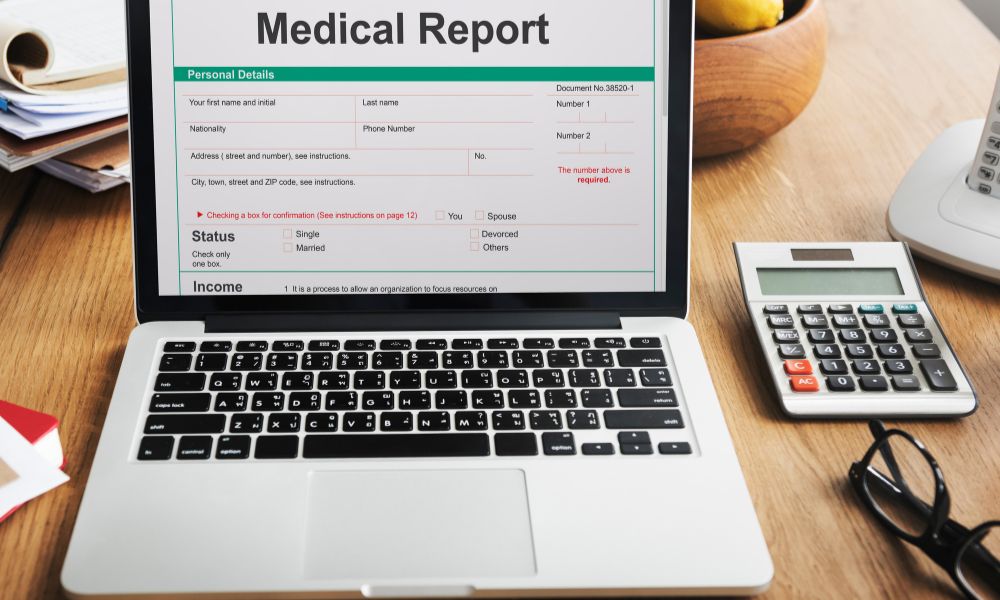Ever found yourself lost in a maze, wishing for a compass or a guiding star? In the intricate and often unpredictable labyrinth of healthcare, there’s a navigational tool that many overlook: the hospital incident report. It’s not the North Star glittering in the night sky, nor the shiny compass guiding pirates to treasure. Yet, in the realm of medicine, it holds equivalent importance.
While the bustling hallways, cutting-edge surgeries, and medical breakthroughs often steal the spotlight, these reports work quietly behind the scenes, ensuring every step taken is a step forward. Join us as we explore this often underappreciated compass of the healthcare world, charting its invaluable impact on our journey to better health. Let’s begin, shall we?
What Exactly is a Hospital Incident Report?
Now, imagine you’re at your favorite author’s book signing event. You’re there, excitedly waiting in line with your precious book in hand, eagerly waiting for that autograph. Suddenly, someone spills coffee on your book. A disaster, right? Just like you’d want a record of who spilled that coffee and why, hospitals have their system for recording mishaps: the hospital incident report.
It’s a meticulous account of the unpredictable stuff that pops up in the daily life of a hospital. From the seemingly minor (like that spilled cup of coffee) to more serious events (think equipment failure during a critical procedure), these reports capture them all.
The goal isn’t to shove blame onto someone, but rather to paint a clear picture of the incident for everyone to see and learn from. It’s like jotting down notes in a diary, except this diary can save lives and improve healthcare.
Creating a Safer Environment
Alright, let’s play a game. Think of your favorite board game. Maybe it’s Monopoly, where you strategize to avoid landing on that dreaded hotel on Boardwalk. Just as you strategize in a game, hospitals use incident reports to strategize safety measures.
Every recorded incident is like a beacon, illuminating areas that need attention. Remember the times you tripped over a toy left on the floor? You then learned to either avoid it or put it away.
Similarly, when an incident is highlighted, the hospital can navigate around potential future pitfalls. Maybe it means reorganizing a cluttered storage area to prevent staff from tripping or perhaps introducing color-coded badges for different patient dietary needs.
By bringing these issues to light, hospitals can strategize to make the environment safer for everyone. It’s all about learning, adapting, and improving.
Boosting Accountability
Let’s dive into a little imagery. Imagine a dance performance. Every dancer has a role, and if someone messes up their steps, the entire performance can falter. But if they acknowledge the misstep, they can adjust and the show goes on beautifully. Similarly, in the orchestrated dance of hospital operations, accountability is crucial.
The beauty of the hospital incident report is that it acts like a mirror, reflecting actions and outcomes. This isn’t about pointing fingers or playing the blame game. It’s about standing up, acknowledging the missteps, and setting the stage for a better performance next time.
By documenting incidents, healthcare professionals show their commitment to transparency. It reinforces the trust that patients place in them, assuring them that even if things don’t go perfectly, the hospital is always striving for excellence.
Informing Future Training
Think back to those early days of learning how to ride a bicycle. Remember the training wheels? They were there to catch you when you wobbled, helping you learn from each little mishap until you could ride smoothly on two wheels. In much the same way, hospital incident reports act as the ‘training wheels’ of the medical world.
Each incident report carries with it a story. A story of something unexpected, a twist in the narrative of a regular day. By integrating these real-life tales into training modules, hospitals give their staff a ‘hands-on’ feel without exposing them to the actual risk.
It’s like using a simulator before flying an actual plane. This makes the training process not just theoretical, but rooted in actual events, turning every report into a valuable lesson. So, instead of only learning from textbooks, healthcare professionals can learn from past incidents, making their training richer and more holistic.
Enhancing Communication
Imagine being part of a giant, intricate jigsaw puzzle where every piece relies on the other to form a beautiful picture. Now, what if one piece decides to keep a secret from the rest? The puzzle’s harmony would be thrown off, right? In the vast landscape of hospital operations, open communication is as crucial as those puzzle pieces fitting together. For more details visit us at https://www.safequal.net/.
Hospital incident reports are like the messengers between these puzzle pieces. They ensure that every department, every professional, and sometimes even the patients, are all on the same page. It’s akin to the old game of “Chinese whispers,” except with these reports, the message doesn’t get distorted.
Instead, it remains clear, helping everyone work towards a common goal. With each report acting as a catalyst for conversation, a culture of collective responsibility and teamwork is fostered, ensuring the hospital functions as a well-oiled machine.
Legal Protection
Ever had one of those days where you wish you’d kept the receipt for a purchase? Maybe the gadget didn’t work as promised, or that shirt shrank after one wash. That little piece of paper becomes your defense, your proof of purchase. Similarly, in the vast and complicated world of healthcare, hospital incident reports are like those invaluable receipts.
The legal landscape can be tricky to navigate. Having a comprehensive, well-documented incident report provides a clear history of events. It’s not just about showcasing what went wrong, but also highlighting all the steps taken thereafter: the learnings, the corrective actions, and the efforts to improve.
In the courtroom, just as in customer service counters, evidence matters. These reports provide essential evidence, ensuring that the hospital and its dedicated staff have a robust line of defense when they need it most.
In Conclusion
In the bustling hallways of hospitals, where lives are often hanging in the balance, the hospital incident report is the unsung hero. It ensures safety, promotes accountability, informs training, enhances communication, and even provides legal cover. While it might not have the dramatic appeal of a riveting surgery scene, its importance cannot be understated.
Learn More :
Incident Reporting Software



